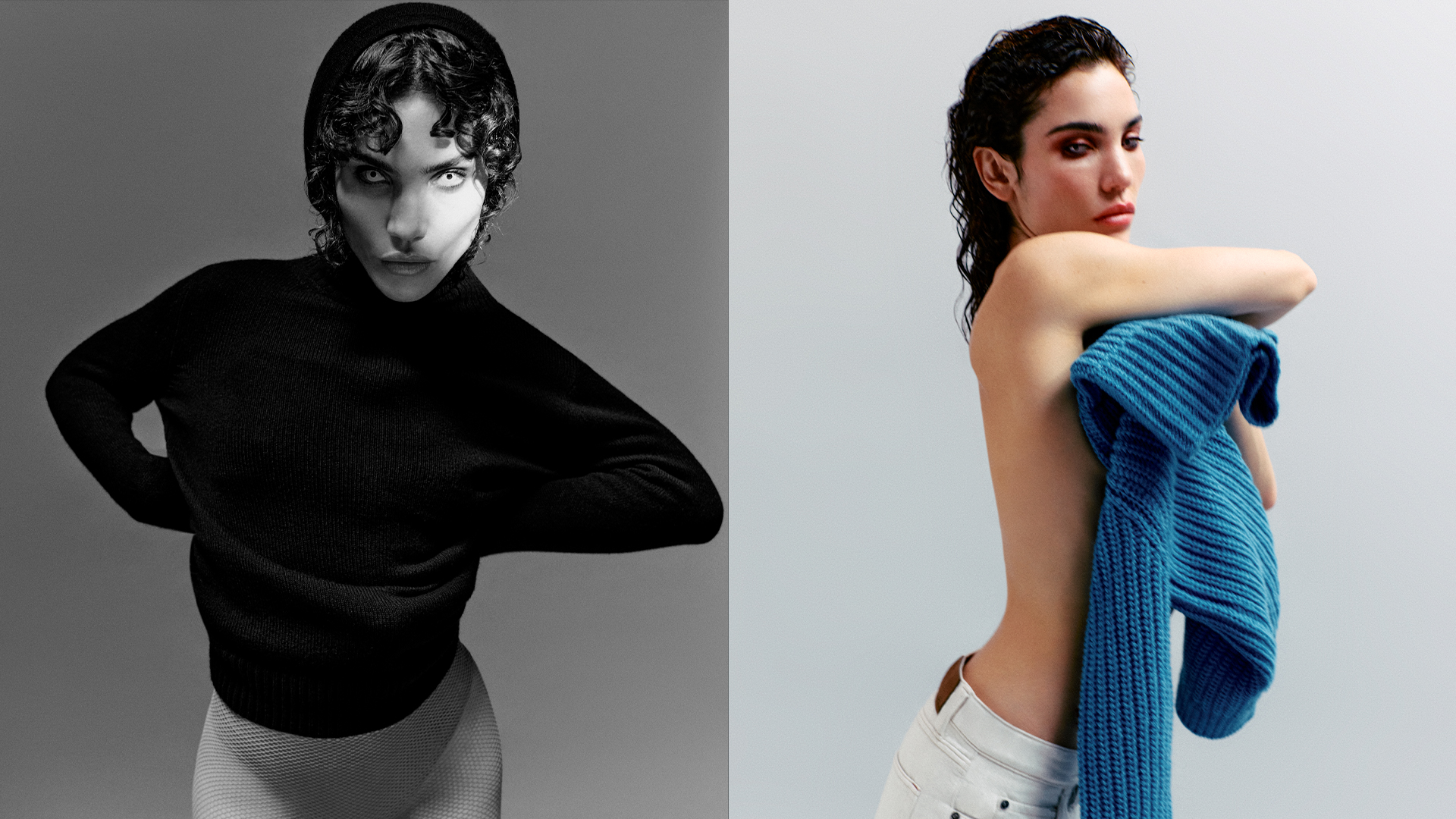This story originally appeared in i-D’s The Royalty Issue, no. 370, Winter 2022. Order your copy here.
Daniela Lalita stacks her thoughts the way she stacks her voice into a choir of thousands in her music. She Zooms in from London and, going a mile-a-minute on our call, it’s unsurprising to hear the Peruvian experimental creative’s mind firing on all cylinders. She’s fresh off the release of Trececerotres, her debut EP out now via Young, which she celebrated in New York with a release party at a Financial District locale that descended quickly into bacchanalia. The music veered from Tokischa and Daddy Yankee to local DJ Wallh4x — who was hand-picked by Daniela for the occasion — and they began their set with Gregorian chants before smashing sacred songs with rave beats and metal guitars.
The layering of genres at Daniela’s party comes as no surprise when Trececerotres unfolds in very much the same way. The intricate five-song collection of experimental tracks — which takes its title from the stylised Spanish spelling of 1303, the number of the apartment that Daniela grew up in with her mother and grandmother in Peru — has been described by some critics as digital folk music. The comparison isn’t entirely off-the-cuff, with Daniela building sound patterns from the ground up and transforming her voice into a choir, stretching tones beyond the imagination (and the human lung capacity) and into sound that veers into the spiritual. Call it glossolalia, or speaking in tongues, but more than anything it’s her putting her essence completely out there for the world.
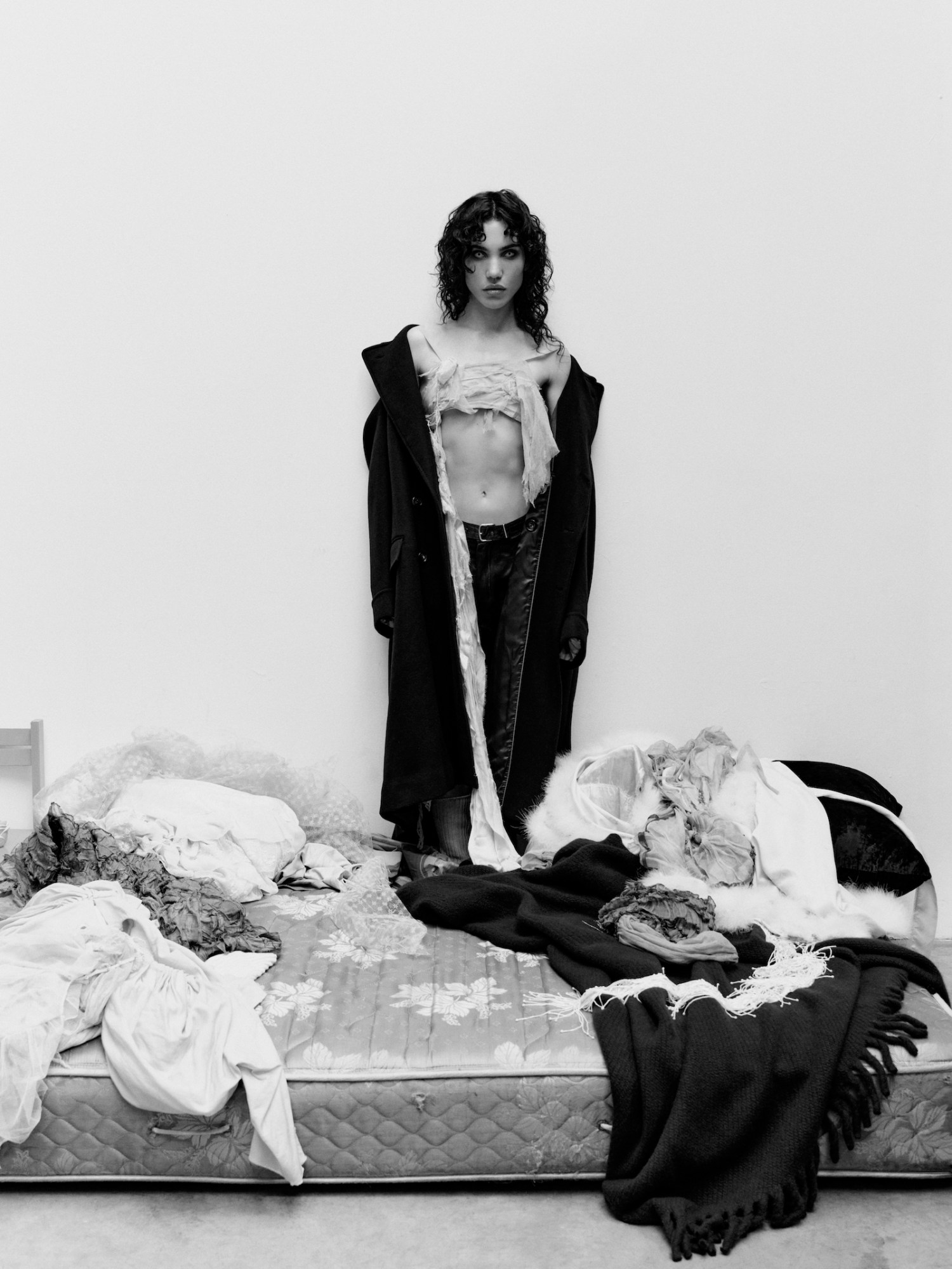
“The most important thing that Morton Subotnick taught me was that everyone is capable of making music,” Daniela says of her legendary mentor, the creator of the Buchla synthesiser and a contemporary of John Cage. “Everyone has their own sense of musicality. The problem is that we haven’t been encouraged to follow it. We haven’t had the right tools at times, like a piano. Twelve notes don’t really cut it for some people, and composing with the Buchla opened up my mind and made me understand things like using metaphor as the source of your intention behind a composition.”
The open-minded approach to sound Daniela immersed herself in through her Buchla training is evident in Trececerotres, which crafts expansive sonic worlds out of vocal and sound layering. From the primal chanting on “Tenía Razón” to the dark-tinged shrieks of the title track, she is no stranger to disruption, using her voice as a modern ancestral channel, or a shovel into the deepest wells of emotion. A lot of the soundscapes here deal in drums and percussion, with vocals as multifaceted as their often surreal subject matter. “Tenía Razón” gently thumps its way through the recollection of a dream of a boat in the underworld, while string-tinged dragon drum track “Atrás” melds angelic vocal runs with a deconstructed rave beat. Harrowing closing track “Pisoteo” — whose seemingly gargantuan marching beat was built off Daniela sampling her mother stomping on the floor repeatedly — sees Daniela belting about her grandmother Doris Secada’s battle with cancer (which she won), stretching each syllable to convey her pain about death robbing us from time with those most dear to us. “SA-AH CA-AH LA OFER-TA-AH-AH-AH”, she yowls. “Saca la oferta. Takes the offer away,” she says of the end that awaits us all.
“This is my presentation of what my soul is.”
Trececerotres had been finished and mastered for over a year before its release. Although Daniela’s relationship to the music may have changed — and has made the experience of others connecting to these long-felt feelings that much more moving for her — she has maintained an active part in the record’s world-building process, breathing life into tracks through music videos which are critical to the art here. Daniela often directs the videos and puts her body on the line as a dancer, contorting herself violently and expressively in the vein of a true performance artist. Her experience in this mode of creation has been critically-lauded, best seen in her work on the surreal short film Madre, where she brought life to a haute-couture ghoul and soundtracked the affair herself with the Buchla’s moody drone and her grandmother’s tremulous cover of classic Argentinian tango “Silencio En La Noche” by Carlos Gardel. Her voice appears again in the opening of the video for “Pisoteo”, a sample of sleep talk captured one evening. The video itself, choreographed by Lourdes “Lola” Leon, is brutal to watch, seeing Daniela writhe on the floor, flirt with a brick wall, and smash her body against the floor against the backdrop of a desolate dance studio. The body is alive even amidst such rot, and it can feel pleasure and pain.
“It’s not just me doing a little choreo, I’m using my body as a tool to communicate,” Daniela says of the video. “It was scary, to show myself in such a sensual way while still exploring grief, sex, hope, and faith through Lola’s choreography. I think there are moments when I’m on the floor and remembering something, but then it pulls me up to a reality I have no control over. Our experiences as humans sometimes can be like that. At the end of the dance, I was left dead, muerta, bruised all over. My knees were destroyed. It took me a long time to get better, and I thought at least maybe this will make someone feel understood. In the end, we all have to carry these vessels to move.”
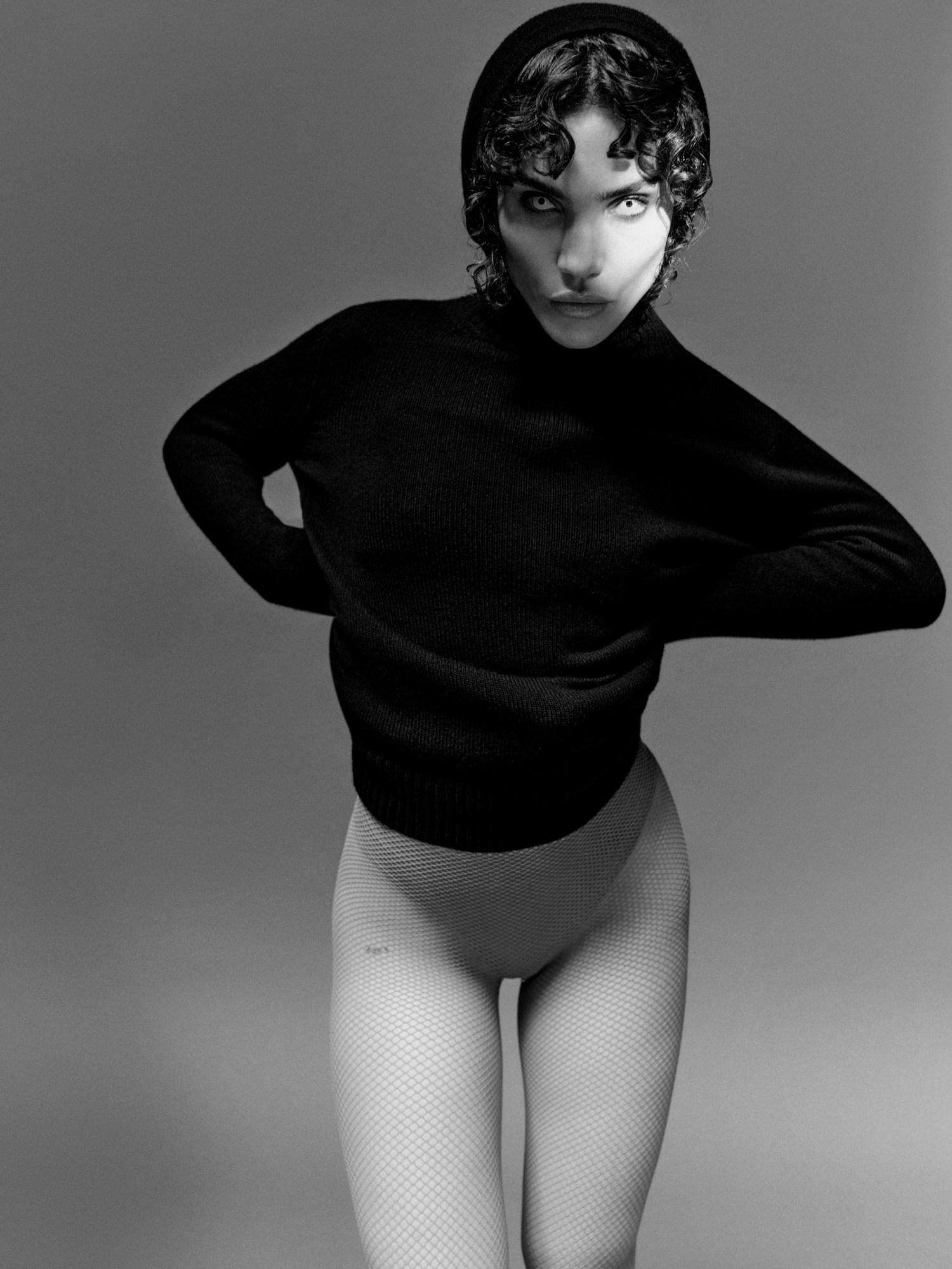
Daniela’s awareness of her body is the beginning and end of her creative approach, one that’s as innovative as it is peppered with intimate personal touches. She is profoundly conscious of lineage, as exemplified by the triple pillar of a family that makes up “Pisoteo”: the voice of the grandmother, the mother’s stomp in rubber chanclas built into the sound of a seven-nation army, and the latest young woman in the bloodline weaving it all together, feeling it out through her physical being. The relationship between these women is central to the creation of the record, but Daniela maintains that it has stayed very much the same.
“I wouldn’t be honest if I said that we have now found a new key to our relationship,” she says. “We’re really close and interact in a similar way as before. We’ve grown up, the three of us, together all the time. We’re like three pillars that morphed with each other. A lot of people now message me talking about how they connected to the record, and it’s a lot for me because this all comes from the healing of a hug that my mom, my grandma and I are having. I feel like it took this record for me to understand the power behind so much love.”
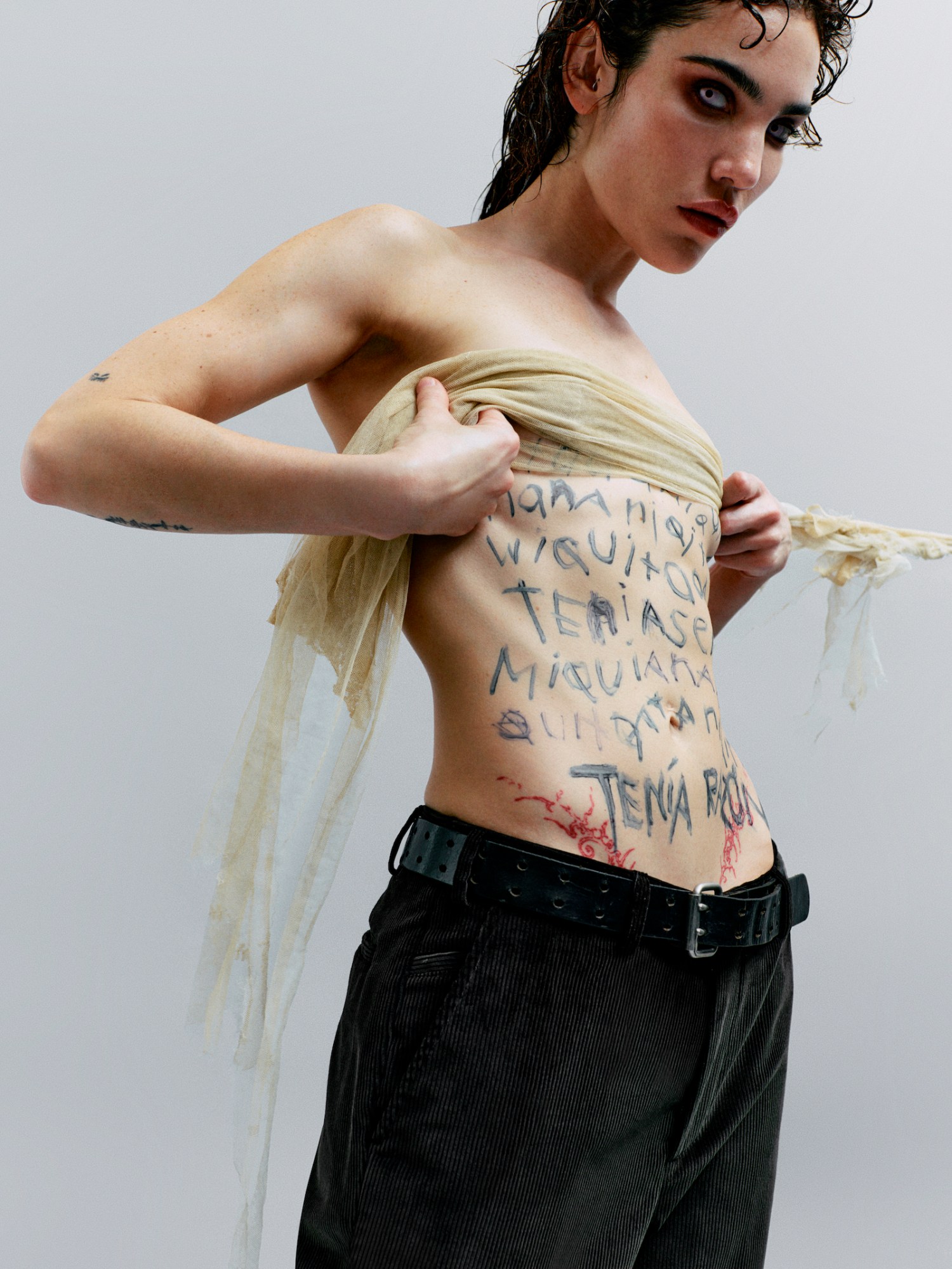
That love and devotion to her family, her personal rituals, and to the process is abundantly clear in the way Daniela speaks, the way she creates, the way she moves through the world. It’s something that she has felt since first developing a relationship with the Buchla and this new collection of songs. It’s more than just a portrait of who she has been these last five years or an initial artistic statement: it is the spirituality inherent in all of her artistry that cannot be underscored.
“I used to stay late and became friends with the security guard and ask her if I could practice more,” she muses on her time bonding with the Buchla. “I would practice and practice and practice. This is my presentation of what my soul is, an application of all I have learned, and it was a ritual, turning on the machine, honouring that ritual. The process was important: I would make one voice a thousand voices, and sometimes the autotune wouldn’t work on some microtones, so I would chop it up and tune it myself and it would take ages. I learned to be patient and to honour the process, to honour the ritual of exploring my musicality in order to create a real connection with someone else.”
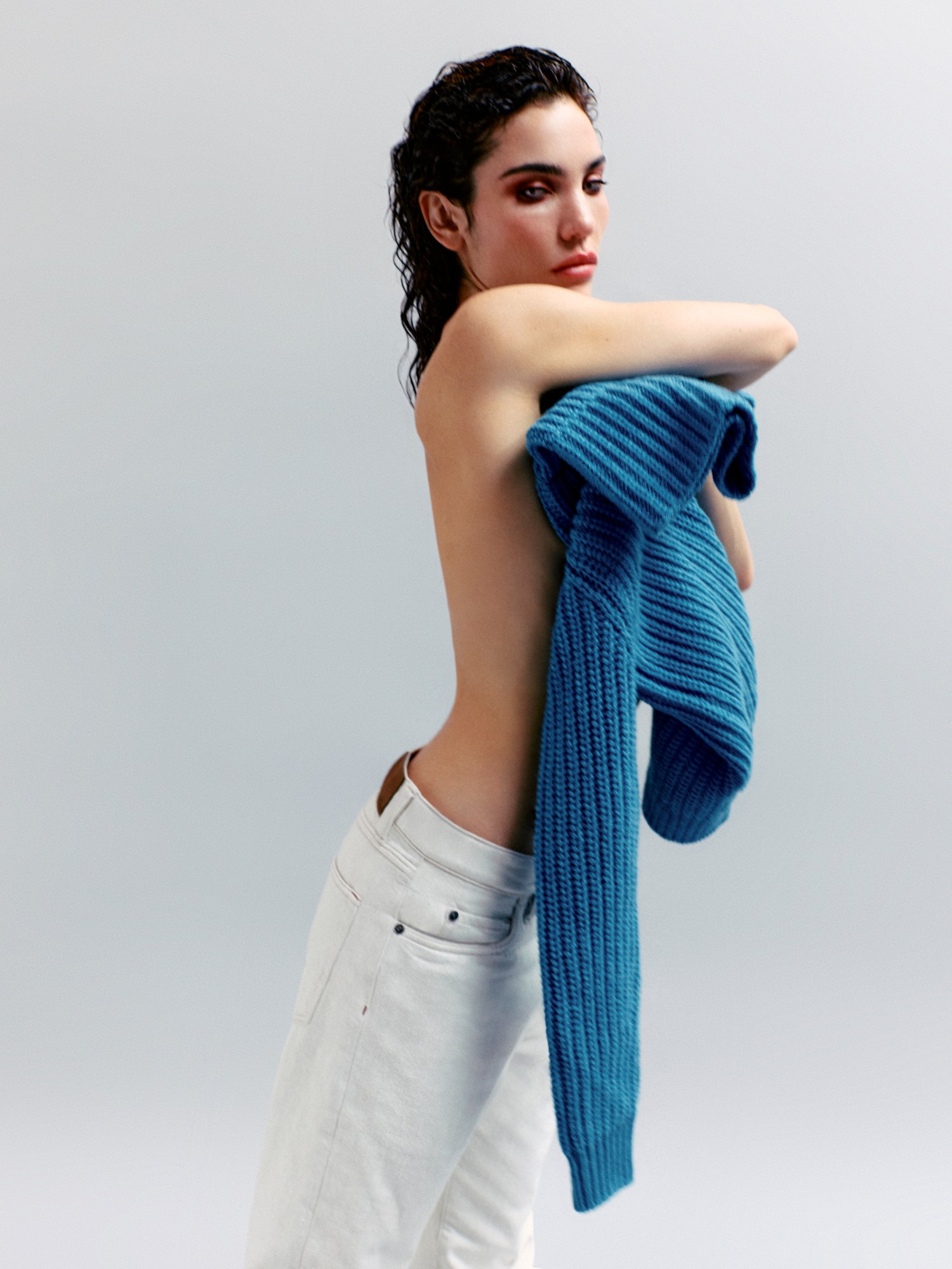
Credits
Photography Zora Sicher
Fashion Sydney Rose Thomas
Hair Evanie Frausto at Streeters using Redken
Makeup Emi Kaneko at Bryant Artists using Gucci Beauty
Photography assistance Edoardo Cozzani and Omer Sela
Digital technician Kevin Vast
Fashion assistance Karen Yabuta
Hair assistance Marin Mullen
Make-up assistance Miki Ishikura
Production Laurene Mpia and TJ Silon
Creative Yara Heine
Model Daniela Lalita
All clothing (worn throughout) LORO PIANA
